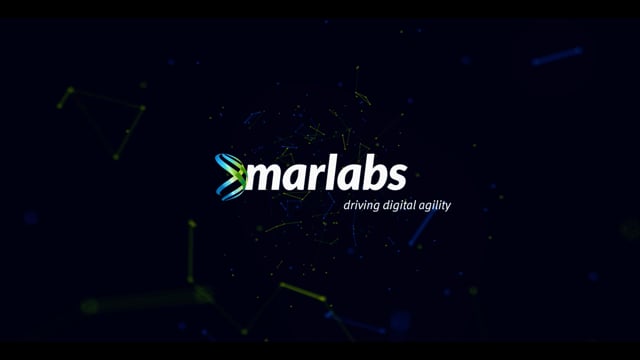Data & Analytics
Leverage AI and analytics for real-time insights, data-driven decisions, and organizational growth with our advanced capabilities.
























+1 (732) 694-1000
1 Corporate Plae South, 3rd Floor
Piscataway NJ 08854 – 6116



Contributors
No results found.
he client is a leading subscription-based audio entertainment company in North America with a revenue of US$9 Billion.
Connected Vehicles, a client subsidiary, provides a widely used connected vehicle platform in North America. It offers a range of safety, security, and convenience services, including automatic crash notification, roadside assistance, remote vehicle control, stolen vehicle recovery, navigation, and smart home integration.
With over 12 million active vehicles on the road, the client is continuously seeking to expand its customer base and service offerings, aiming to provide seamless and interactive experiences for both customers and merchants.
To achieve data-driven decision-making, it is crucial to have access to the right data at the right time. The effectiveness of large-scale strategic and modernization programs is heavily reliant on the quality, availability, and recency of data. However, two major challenges hindered their ability to harness data for business growth. One, the client’s enterprise strategy lacked a comprehensive understanding of data availability, leading to inefficiencies and difficulties in making informed decisions, and two, a significant portion of their resources, approximately 20-25%, was devoted to data validation, diverting valuable time and expertise away from growth initiatives.
Related Industries
Related Services
To gain a comprehensive understanding of the client’s current data management strategy and practices, we conducted discovery sessions and workshops. These sessions were guided by Marlabs’ design thinking framework and involved separate discussions with stakeholders to assess the current state of data management, its alignment with organizational goals, and identify any gaps or inconsistencies across teams. Additionally, we conducted a series of interviews with data producers and consumers across the organization, which served as the foundation for redefining the data management strategy. The outcome of these efforts was a roadmap outlining the client’s desired future state, including a detailed list of actionable gaps in the areas of People, Process, Technology, and Data. It also revealed the need for a foundational enterprise architecture that would act as a central hub for aggregating data from various data providers and distributing it to all relevant consumers.
To implement this significant change, we began with small, incremental steps to ensure that all stakeholder concerns were addressed while prioritizing scalability. Our approach involved:
The interventions created by our team enhanced the value realization with immediate reduction in friction between data providers and consumers. This was largely enabled by identifying business process gaps that were interdependent and disconnected due to disparate systems. Organizational-level KRAs were defined that could be monitored and measured, thereby allowing remedial action for improvement.
With 60% of the data feed becoming near-real-time and a redefined customer segmentation, teams were able to make better decisions, improve customer experience and reduce customer churn.
On the technology front, we reduced 5 on-premise solutions to a single cloud-managed solution. This reduction in technological complexity ensured easier management and support. Redundant technology licenses were discontinued, resulting in a ~36% saving in operational costs.
We also defined new AI models during the first quarter of the engagement that allowed the client to monitor ROI on AI use cases.